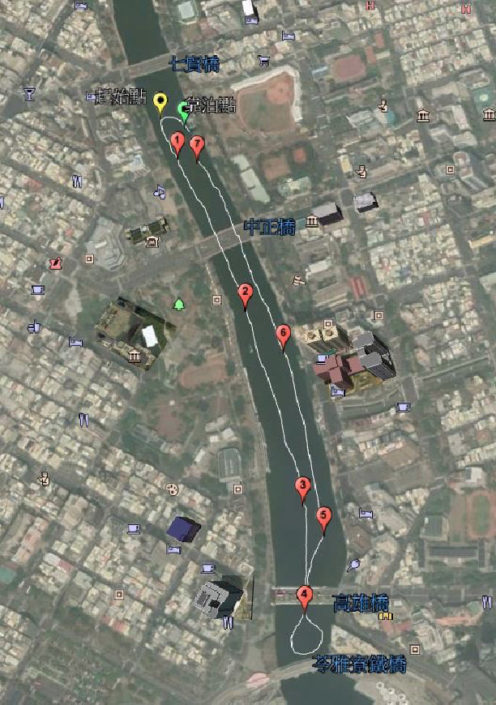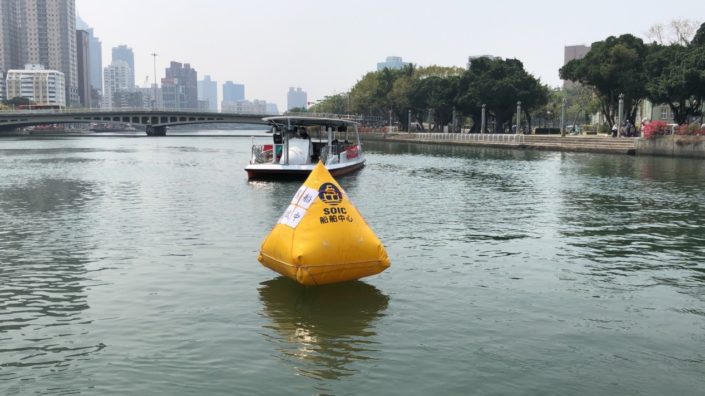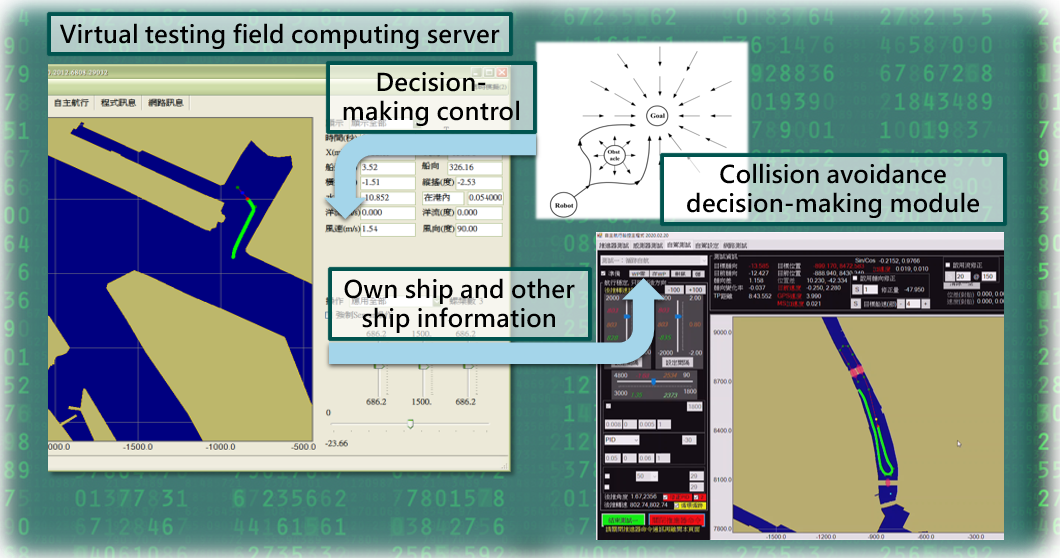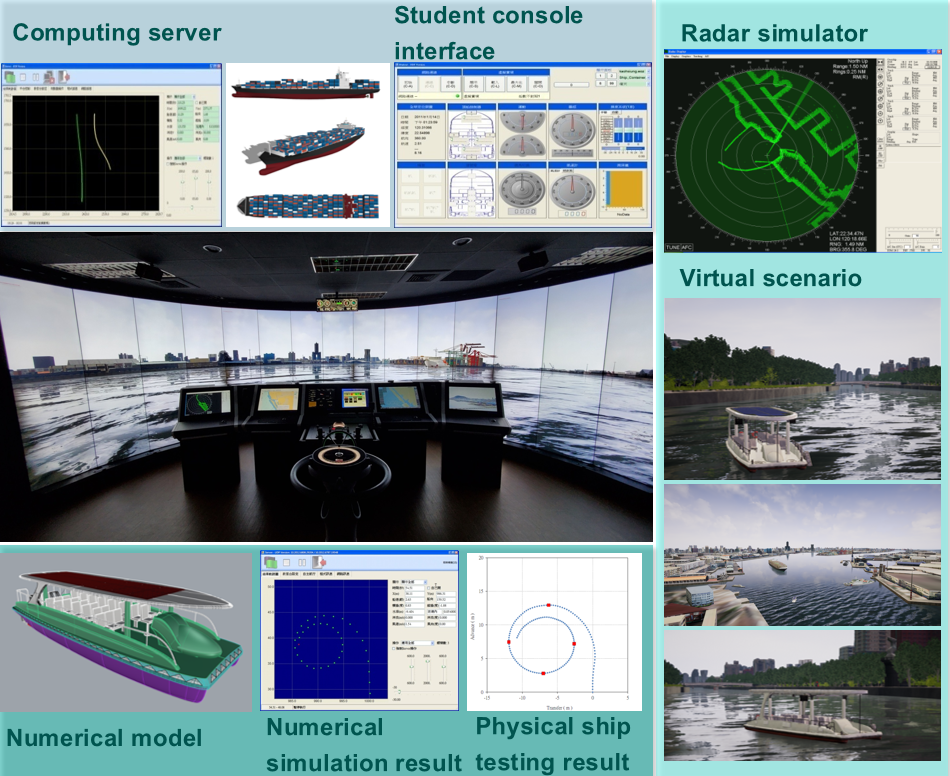Maritime Autonomous Surface Ship
Autonomous decision-making control technology
Autonomous decision-making control technology, including the core techniques of path tracking self-propulsion and intelligent collision avoidance, can calculate and provide a predictive command for the propulsion actuation configured on a ship based on the given trajectory command or heading and speed command, further achieving the purpose of path tracking or directional cruise control self-propulsion.
According to the International Regulations for Preventing Collisions at Sea 1972 (COLREGS) and practical operational experience of ship handling and maneuvering, the operating system is able to ensure that the self-propulsion vessel properly avoids collisions in case of encountering any obstacles, either fixed or non-powered floating objects or powered ships on the route. Afterwards, the operating system can guide the vessel back to its original path.
Path tracking self-propulsion and intelligent collision avoidance

Autonomous ship testing in the physical field
The Ship and Ocean Industries R&D Center (SOIC) collaborates with Kaohsiung City Shipping Co., Ltd., Dapeng Bay Yacht Co., Ltd., Tachou Ship Building Co., Ltd., and Information and Communications Research Laboratories (ICL), ITRI, jointly submitted a proposal on autonomous navigation of a solar ship experiment on the Love River channel in Kaohsiung City. Started in 2020, the experiment is conducted with Solar Ship No. 3, verifying the trajectory and cruise control self-propulsion technologies for autonomous navigation control, intelligent collision avoidance technology, and automatic berthing technology. Single function and integrated performance verifications of the shore control system, ship control system, sensing system, and shore ship communication system are also demonstrated.
Autonomous ship testing in the virtual field
The virtual field system for the MASS mainly includes three sections: a numerical virtual scenario (including VR ship model and VR port model), a computing server (including core program, numerical ship model, and numerical port model) and a student operation console. The numerical ship model in the computing server can calculate the wave force, six degrees of freedom motion, etc., according to different ship types to simulate the actual attitude change of the real ship sailing on the water surface. The numerical port model includes the electronic chart data, shoreline mapping, tidal current grid map, and other parameters to simulate the operation of the ship in different waters.
The core program integrates the ship model and port model parameters, to provide real-time ship response calculation, and allows the autonomous ship developer to access the system through the Internet for data transmission. With the testing options provided by the program, including the built-in functions of the system or the control method pre-calculated by the user, the system can fully support the testing scenarios of various types of autonomous ships, create more convenient and rapid testing process to promote the domestic autonomous ship industry.
Virtual field testing and simulation process
Virtual testing laboratory
Virtual field framework
The Ship and Ocean Industries R&D Center (SOIC) has established a virtual testing laboratory, equipped with the virtual reality TV wall, navigation bridge, head-up display (HUD), compass, etc., which can display the real-time virtual reality scenario, electronic chart, console dashboard, and other ship-operating information on a real time basis. Moreover, two student consoles are established to control another ship in the same scenario as the host machine to achieve the multi-ship simulation function. The numerical ship model, numerical port model, virtual reality, and other models in the virtual testing field are the data obtained either from the official or actual measurements. Such data are tested and advised by several experts from the academic and industry, achieving the highly realistic simulation system after multiple adjustments.







